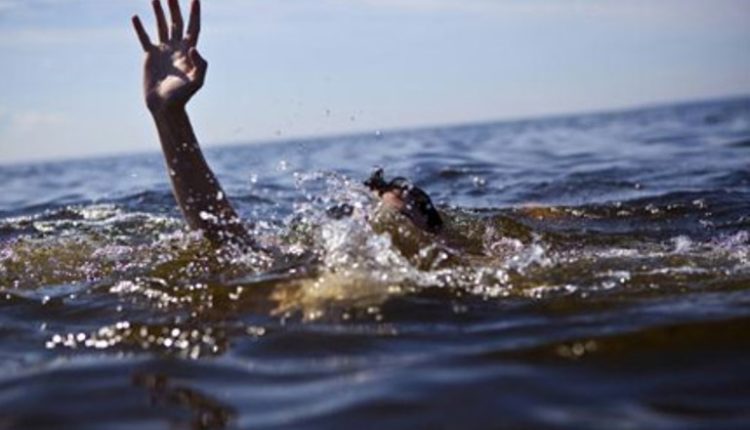Two illegal miners are confirmed dead after a canoe they were traveling on capsized on River Pra at Awisam in the Assin Fosu Municipality of the Central Region.
The illegal miners were returning from the mining site when the unfortunate incident occurred.
According to the report, the 11 illegal miners, also known as ‘galamseyers’ were traveling on a 5-seater passenger canoe, however, along the journey, the canoe capsized when it hit a rock.
Nine of the miners managed to swim to safety, but two others who were unable to do so drowned.
The bodies of the deceased have been deposited at the mortuary.
Meanwhile, the Assemblyman of the area, Mr. Jerry Ayuba in an interview said this is not the first time such a sad incident is happening on that river, adding that the victims involved are mostly Youth who seem to value the money they gain from the activities more than their lives.
He, therefore, advised the youth to stop engaging in illegal mining.
Drowning incidents are common in the southern regions of Ghana.
Some drowning incidents
On April 14, 2022, a boat heading to Havekope from Jemeni capsized on Volta Lake Thursday, April 14, 2022.
According to reports, the incident occurred at Todzie at about 6 pm after heavy winds caused the boat to overturn.
Five females and two male adults drowned in the process.
In October 2022, four other young people died when their boat capsized on the River Offin in the Ashanti Region.
Their bodies were pulled from the river after nearly three days.
In March 2021, about 13 teenagers drowned at Apam Beach in the Central Region.

According to a police report, while the children were swimming, a high tide swallowed them up.
The timely intervention of a Good Samaritan saved the lives of two of them as they were rescued and sent to the St. Luke Hospital to be attended to.
But the rest could not make it.
The yearly ritual of drowning
Hundreds of deaths are recorded yearly due to drowning.
According to WHO data published in 2018, drowning deaths in Ghana reached 1,206 or 0.60% of total deaths.
The researchers used data from January 2012 to December 2018.



